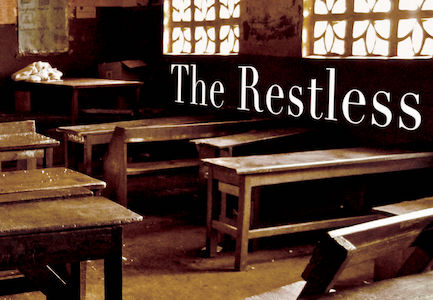The Restless by Gerty Dambury (The Feminist Press, 2018). Translated by Judith G. Miller
Gerty Dambury’s The Restless, translated from the French by Judith G. Miller, takes place in her native Guadeloupe, a Caribbean island that has been an overseas department of France since just after the second World War. Guadeloupeans of different ages, genders, and social statuses narrate the events surrounding the violent confrontation between the construction workers’ union and the French prefecture that took place on May 26th, 1967. On this day, as workers gathered outside the building where the union negotiated wage raises with business owners, the French prefect ordered troops to fire on the crowd, and the situation degenerated from there. The lynchpin of the novel is a little girl, Émilienne, who’s waiting for her father to come home so he can explain to her why her teacher has disappeared. While she waits in the courtyard of her home, a chorus of her family members and neighbors (both living and dead) contextualize the two absences and how they relate to the broader experiences of the island.
Though Émilienne acts as the focalizer, the chief narrators are her eight brothers and sisters, who speak with a more-or-less undifferentiated voice. They proclaim themselves the “callers” of the story, which they structure after the Caribbean quadrille, a sort of creolized version of a French square-dance. The caller of the quadrille is conventionally singular and male, but Émilienne’s siblings are happy to innovate. They often hand over the reins to guest narrators, who act as temporary callers. Each section of the narrative has a primary caller, though others often chime in, and corresponds to one of the four quadrille figures in rhythm and mood. Émilienne’s siblings helpfully guide the unfamiliar reader’s expectations of the musical conventions at the beginning of each figure/chapter. The multivocality and musicality of the text, two of its most distinguishing features, could have posed a challenge to Miller’s translation. The differences between the figures and the characters’ voices are discussed more than demonstrated.

